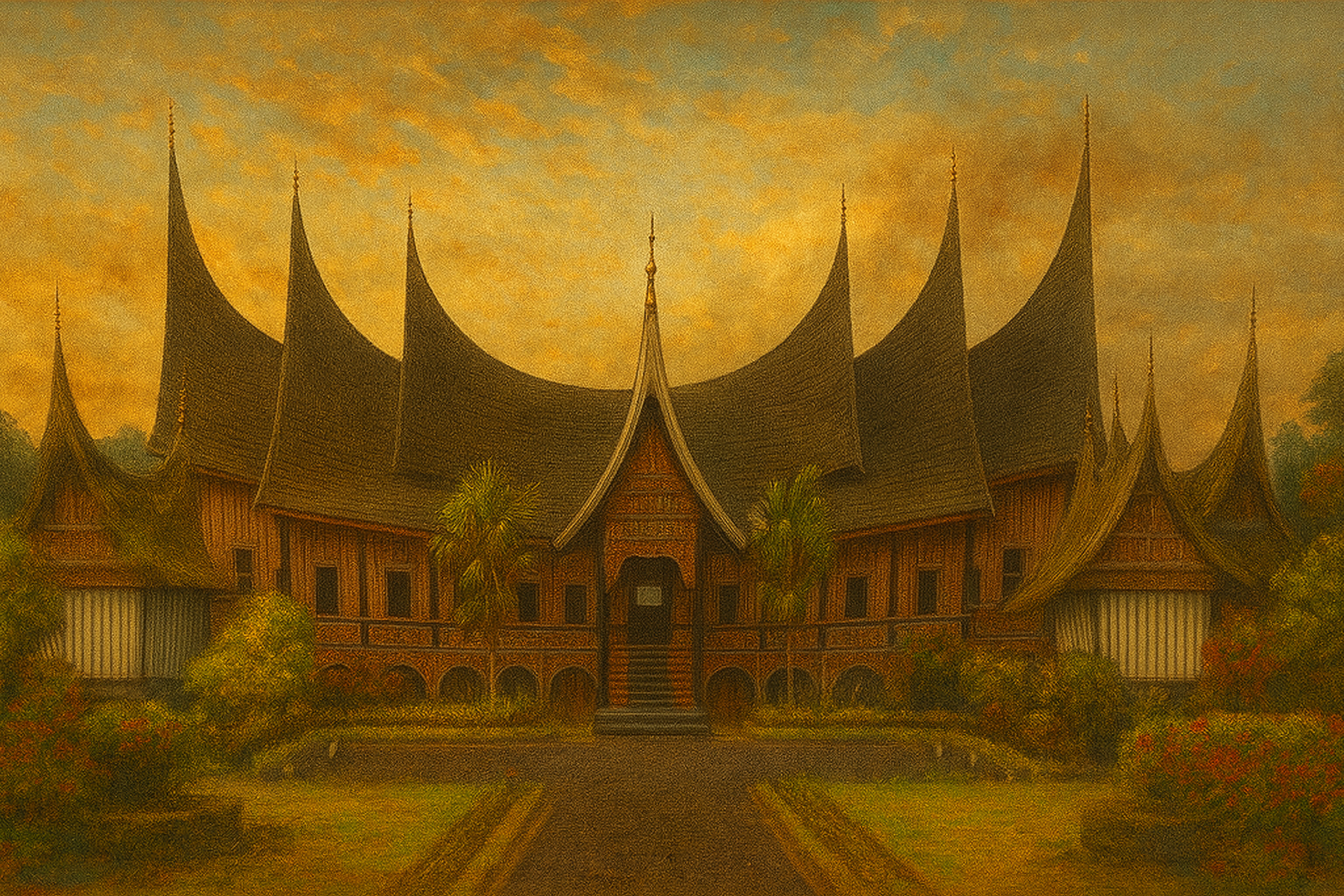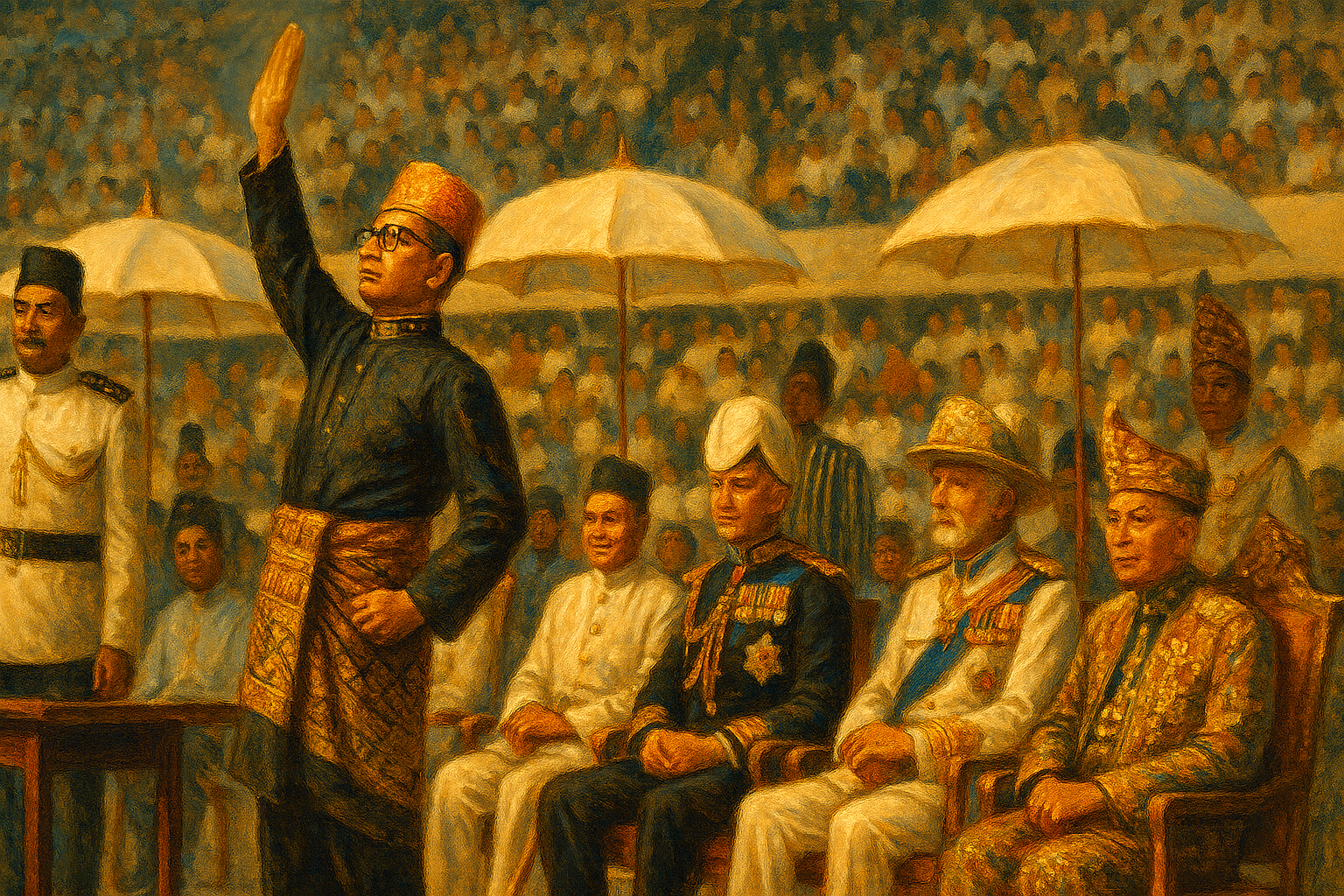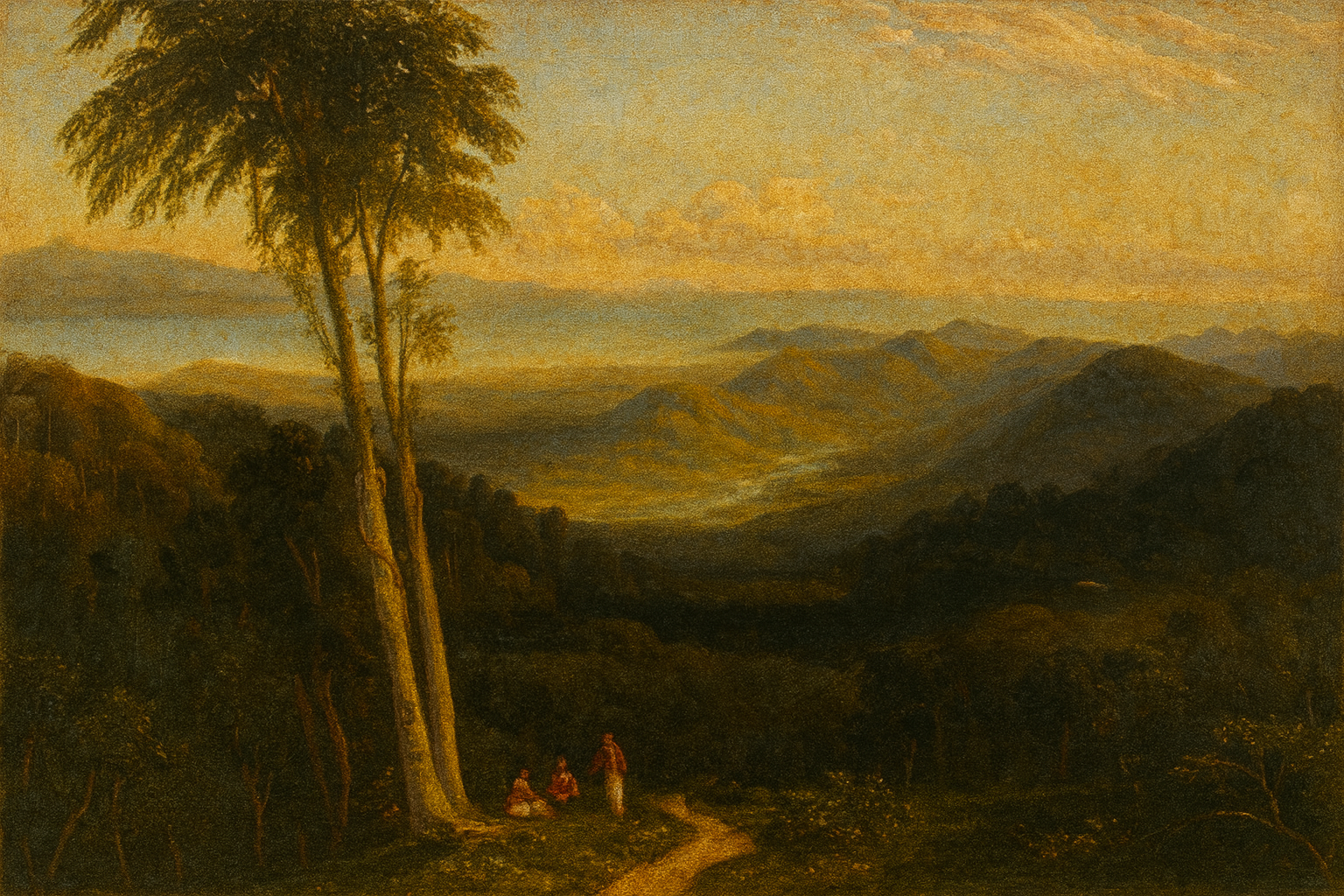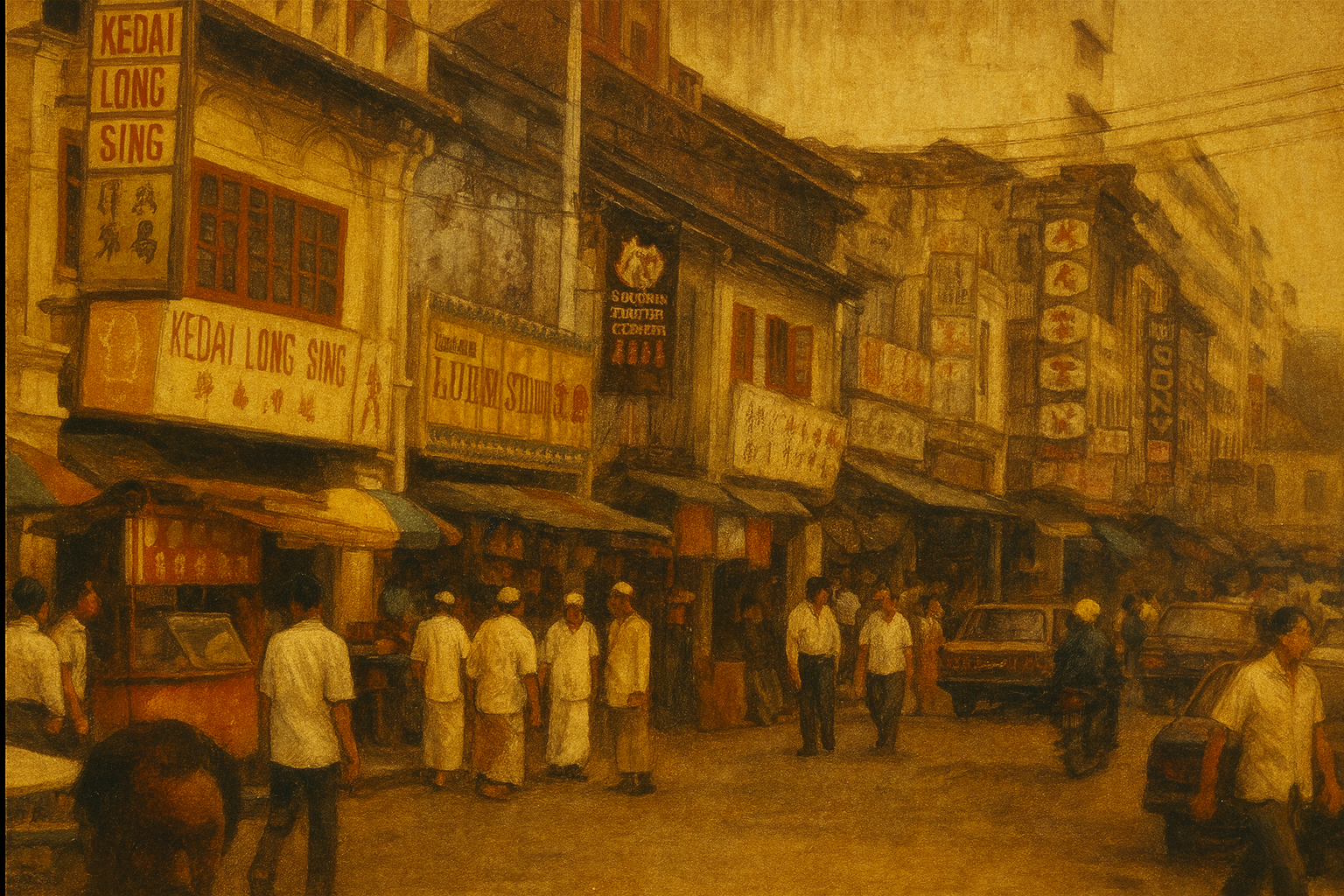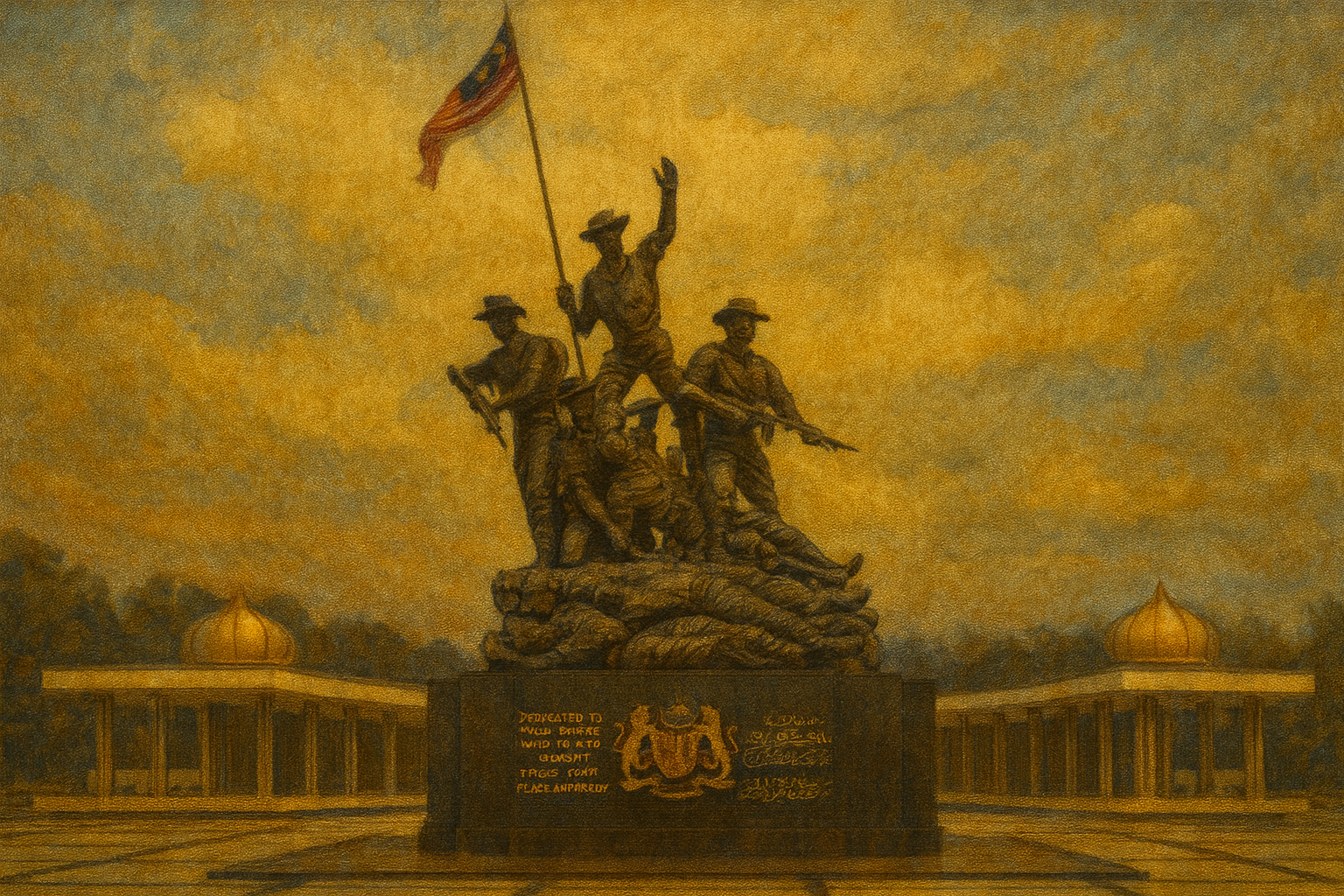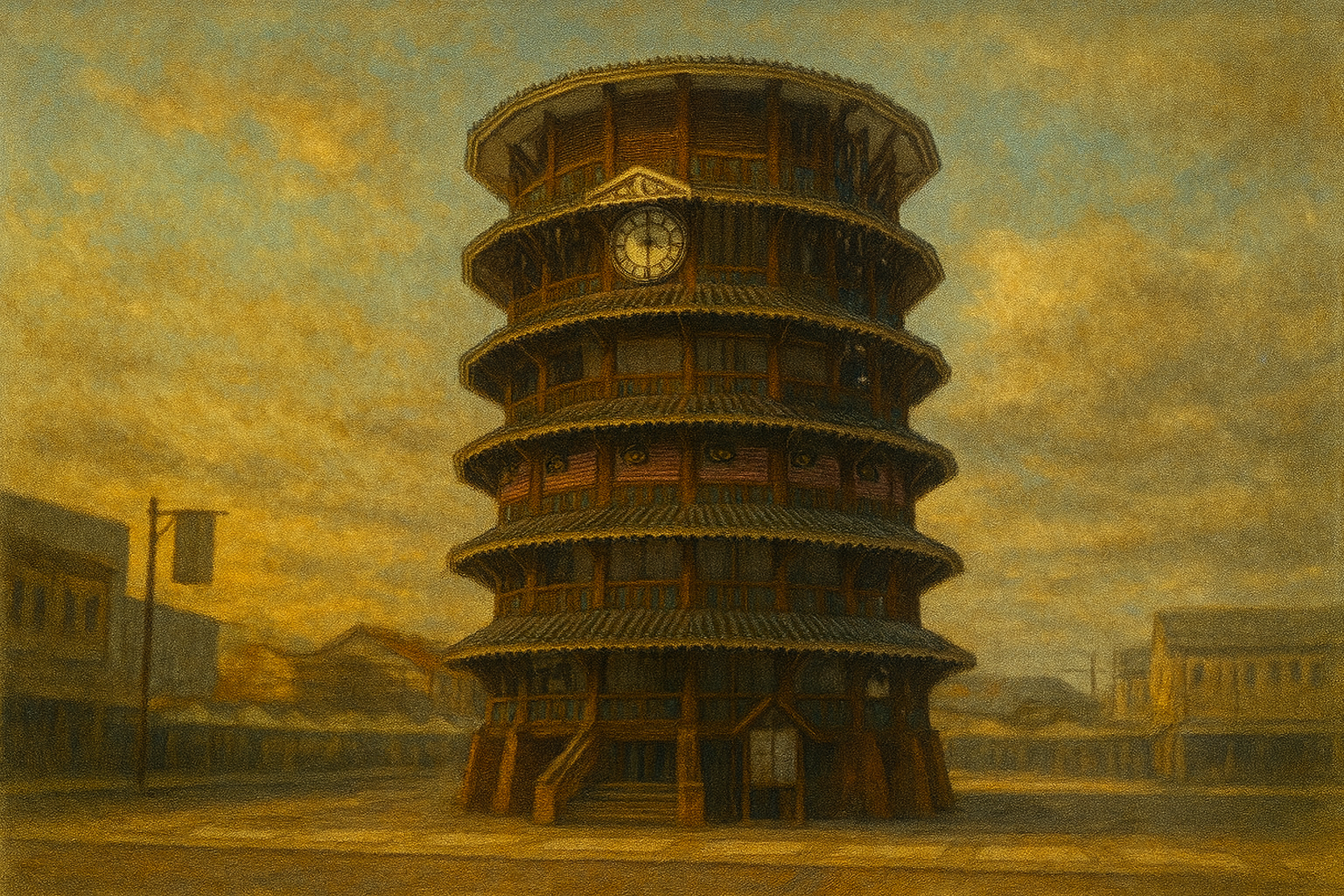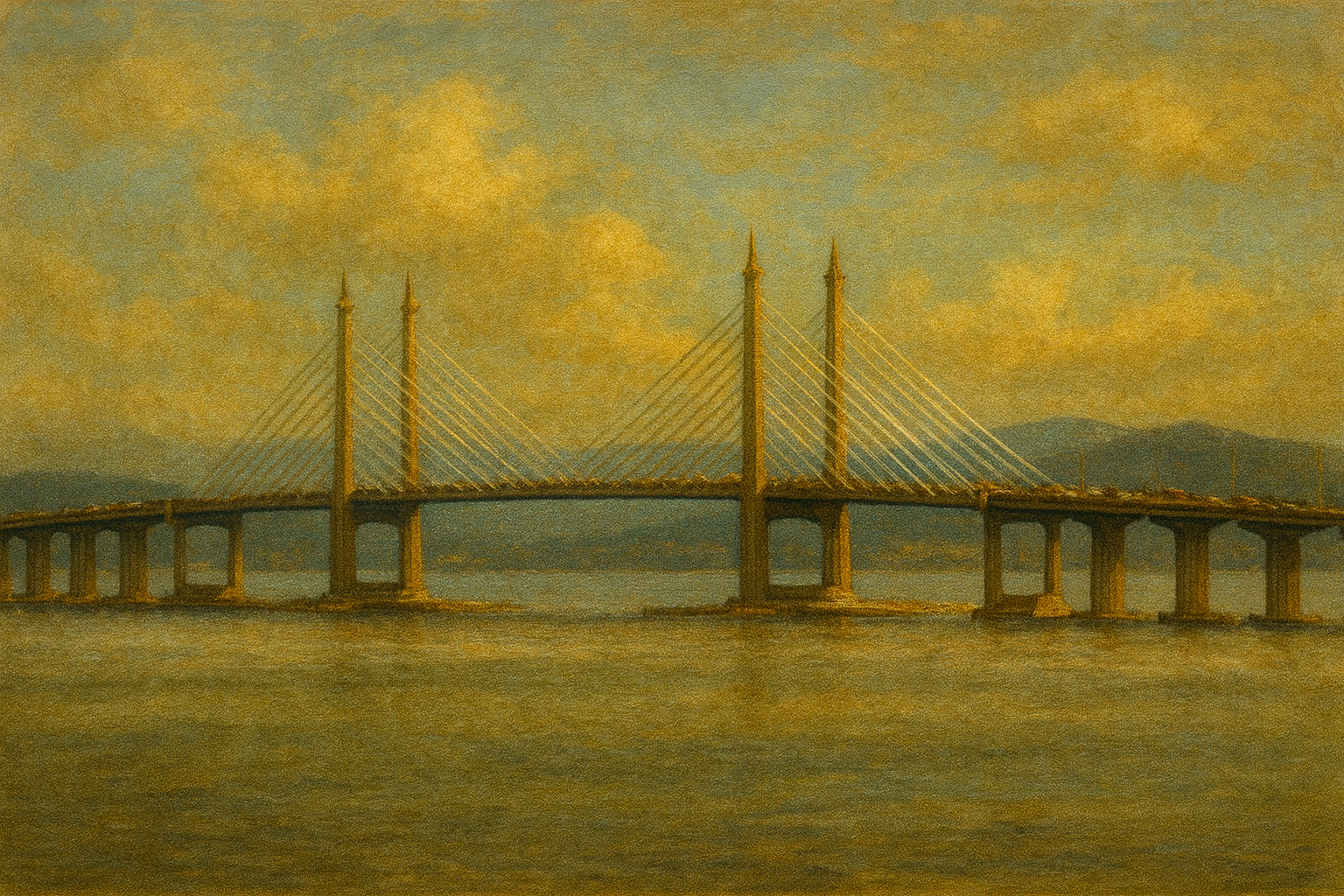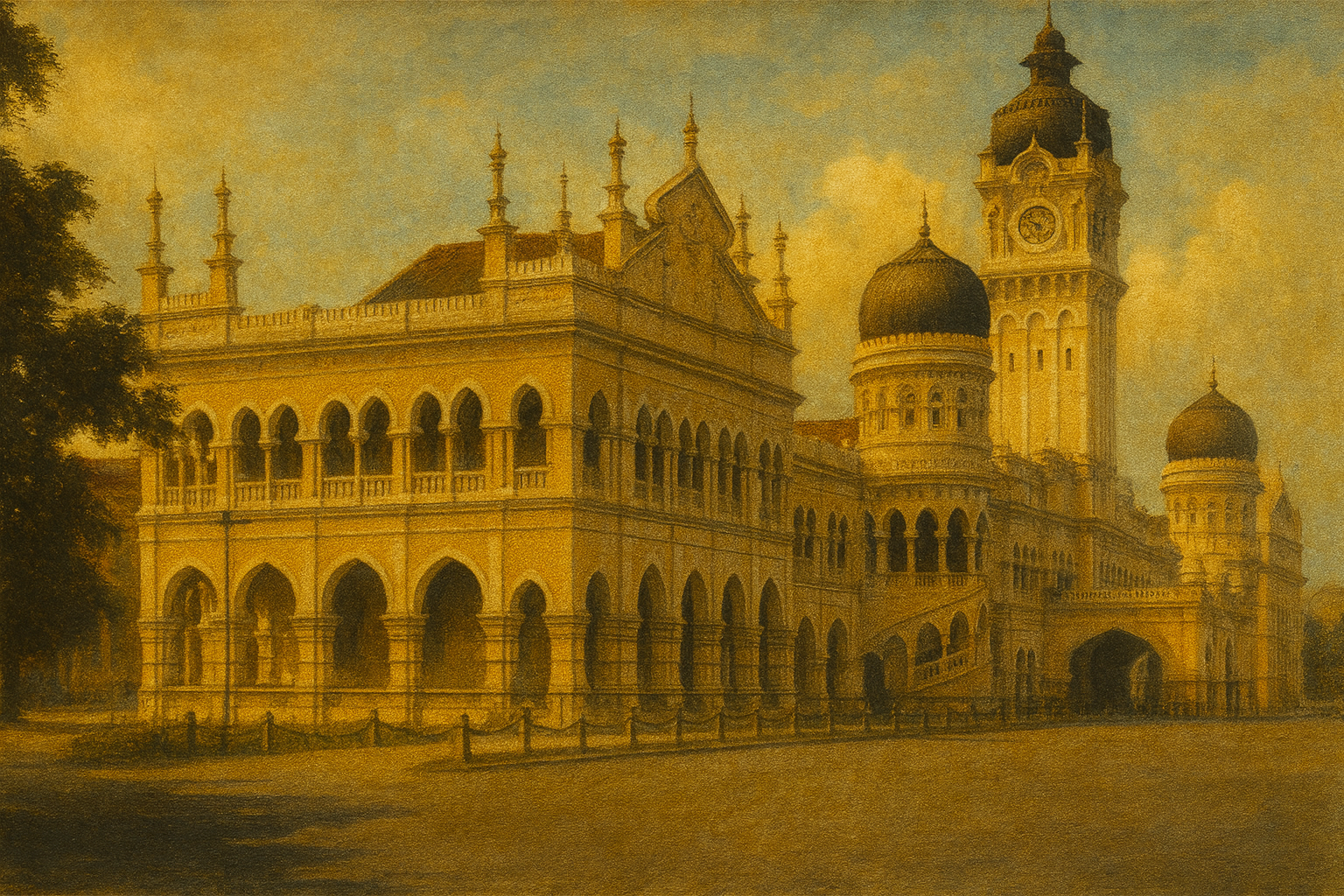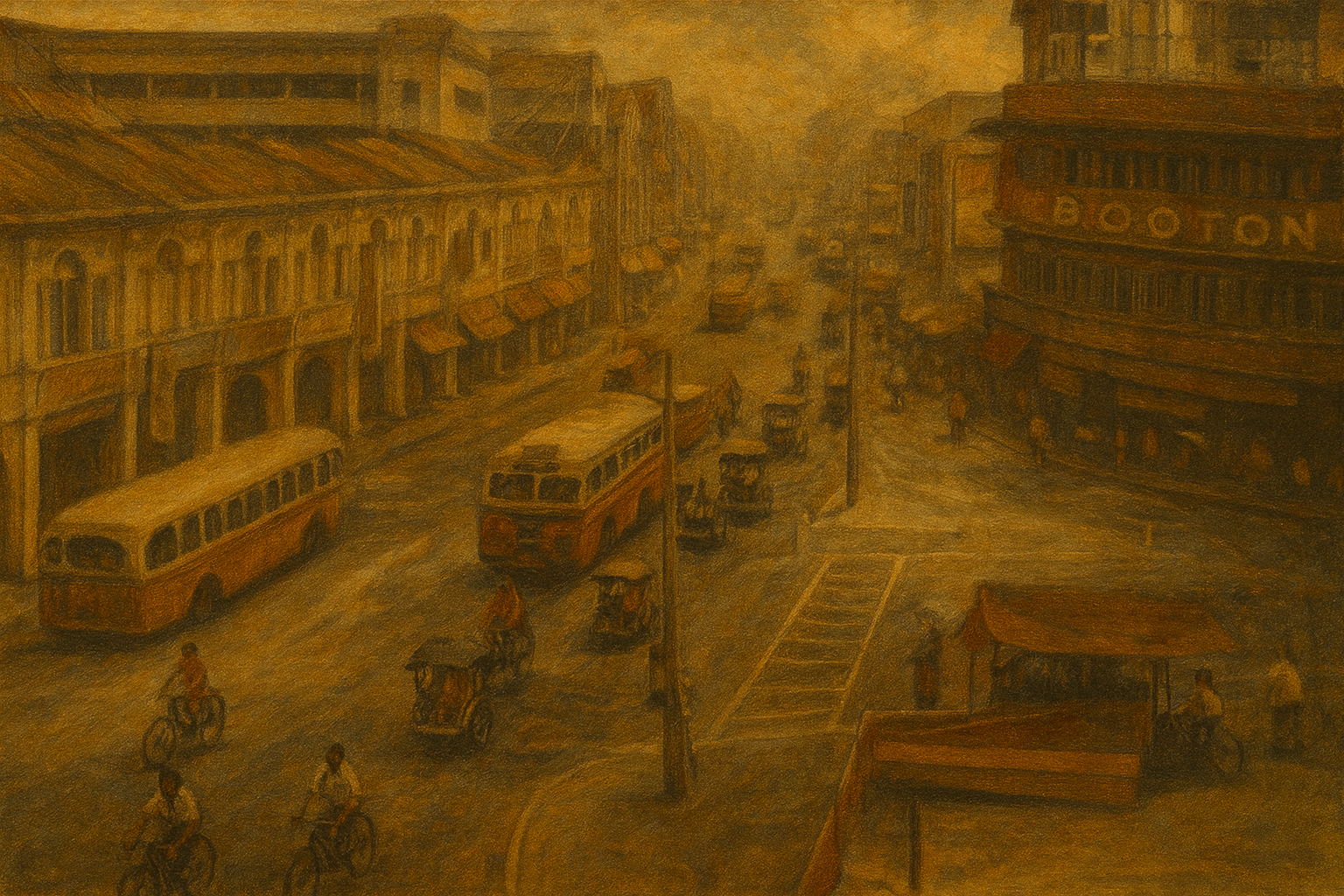1951



| Currency Rate to USD | 3.06 |
| GDP Per Capita (USD) | 210 |
| Population (millions) | 5.29 |
| Nasi Lemak Price | 10 cents |
| Teh Tarik Price | 5 cents |
| Urban Population Percentage | 18.5% |
Malayan Emergency Era
Life during the Emergency meant fear, disruption, and deep divisions. For many rural folks, night-raids, curfews, food scarcity, and forced relocations (into “New Villages”) came with the insurgency.
Cold War
After WWII, the world splits into blocs—capitalist West led by U.S., communist East led by USSR. People everywhere feel the pressure: fear of nuclear annihilation, propaganda, ideological influence in media and education, proxy wars in Asia, Africa and Latin America.
Dato' Onn Jaafar's Resignation from UMNO
On 26 August 1951, Dato' Onn Jaafar resigned as president of the United Malays National Organisation (UMNO) after his proposals for inclusive membership were rejected, marking a significant schism in Malayan politics and leading to the formation of the multi-racial Independence of Malaya Party.
Founding of the Independence of Malaya Party
On 16 September 1951, Dato' Onn Jaafar founded the Independence of Malaya Party (IMP) in Kuala Lumpur, promoting multi-racial unity and independence from British rule in a departure from ethnic-based politics.
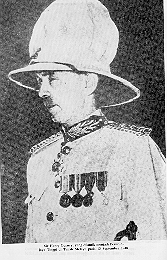
Assassination of Sir Henry Gurney
The assassination of British High Commissioner Sir Henry Gurney by Malayan National Liberation Army guerrillas on 6 October 1951 during the Malayan Emergency highlighted the intensity of the communist insurgency against colonial rule and prompted significant changes in British counter-insurgency efforts.
Founding of the Pan-Malaysian Islamic Party (PAS) 1951
The founding of the Pan-Malaysian Islamic Party (PAS) on 24 November 1951 marked a pivotal moment in Malayan politics, establishing the first formalized Islamist party amid post-war nationalist movements and tensions within the United Malays National Organisation (UMNO).
